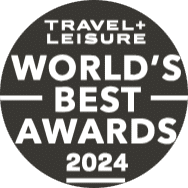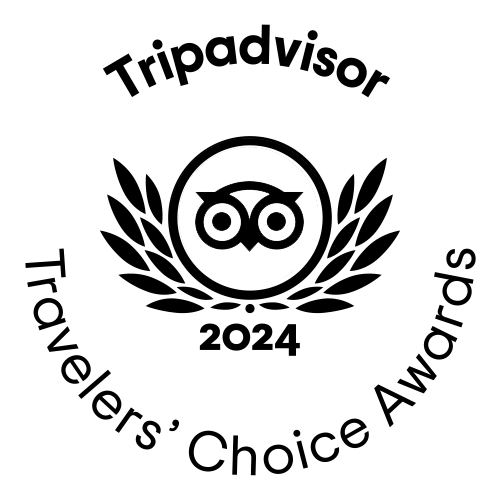We're "Vietnamese Private Tours": The Customized Vietnam & South-east Asia Travel Experts
Vietnamese Private Tours have been blazing custom tailor made trips into Vietnam, Cambodia, Laos Thailand & Myanmar by pushing boundaries and opening up unseen regions through South-East Asia for the thousands of travellers that book private guide and tours with us each year.
We are passionately believe that Vietnam is a place of adventure, full of diverse cultures, rich in heritage & grand nature, and all of our enthusiasm & local knowledge brings best of it, with some hidden gems through Vietnam Private Tours & Packages.
Private tours in Vietnam allow us to custom build the perfect tour package for you. Whether you are looking for a fully planned itinerary, or Private tour to Vietnam for 10 -14 days, including hotels, guides, and every other detail.
You can see all private tours Vietnam here, and Whether you’re planning a solo-trip, or family trip, a luxury private tour or VIP tour of Vietnam, or something else, our local experts are seasoned & able to create the perfect itinerary and experience, Just for you.
Vietnam Private Tours
- We’ll plan customized private tours based on your interests and budget in mind, providing helpful tips and honest advice based on first-hand knowledge of the destination.
- Our private tour guides & local travel designers are hand-picked to provide a genuine tour packages, bringing your destination to life with care and passion.
- With confident! No one knows our destinations like we do, and we are passionate about sharing the best of Vietnam plus SE of Asia with you.
- Fantastic offers & best deal price for all our private tours Vietnam Cambodia Laos & Thailand. We don't just sell tours, we share Local Experiences.
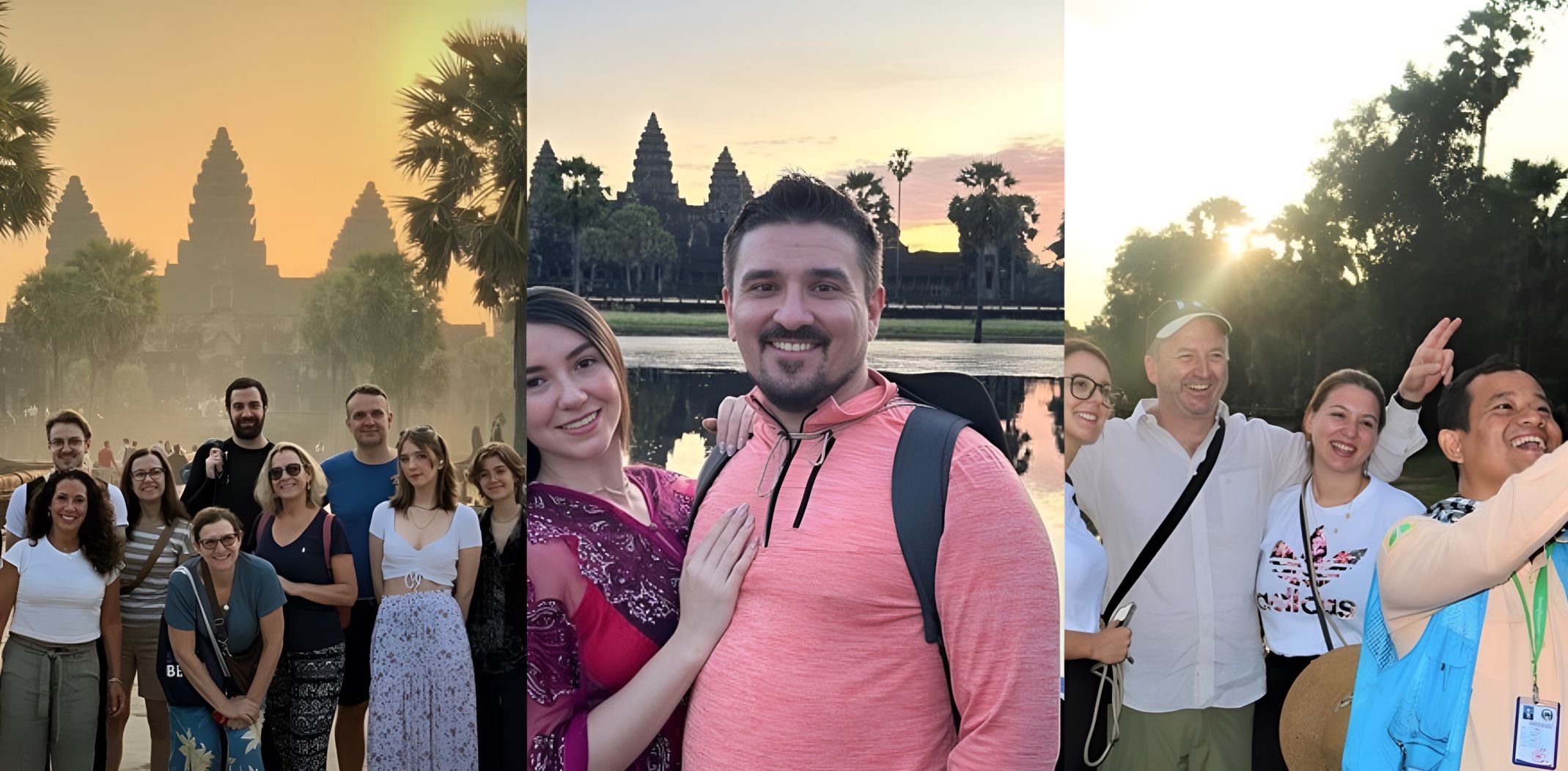
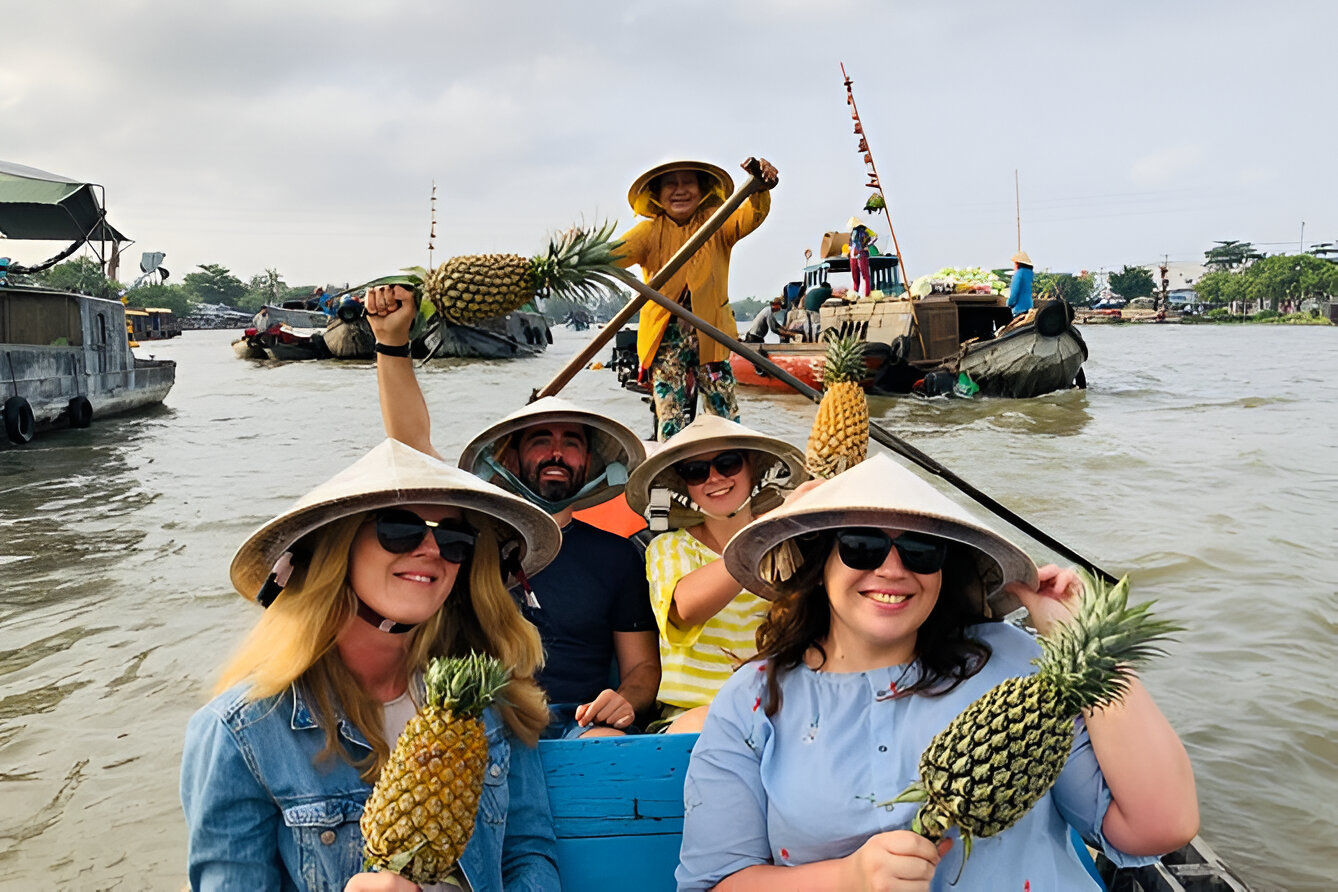
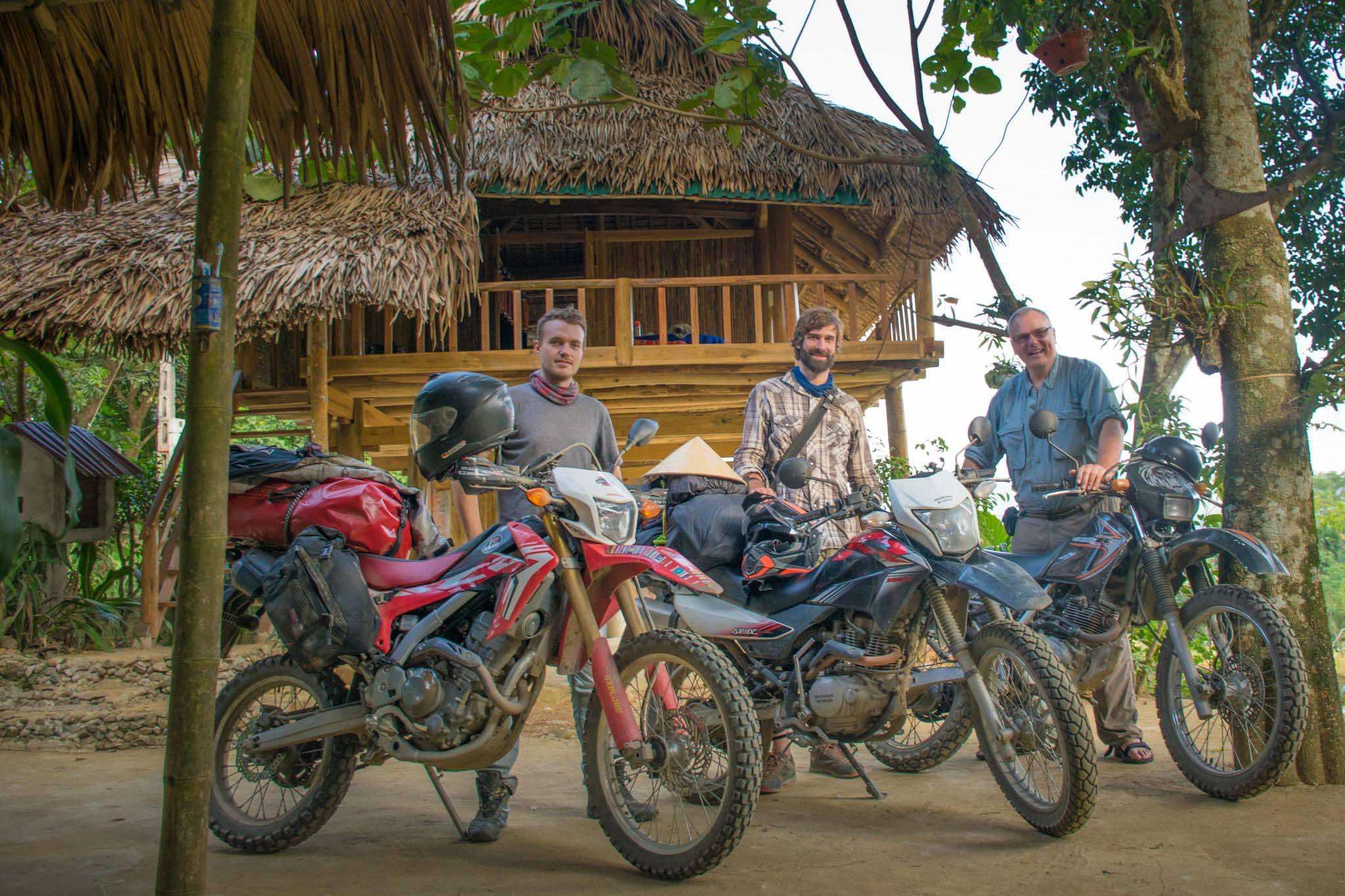


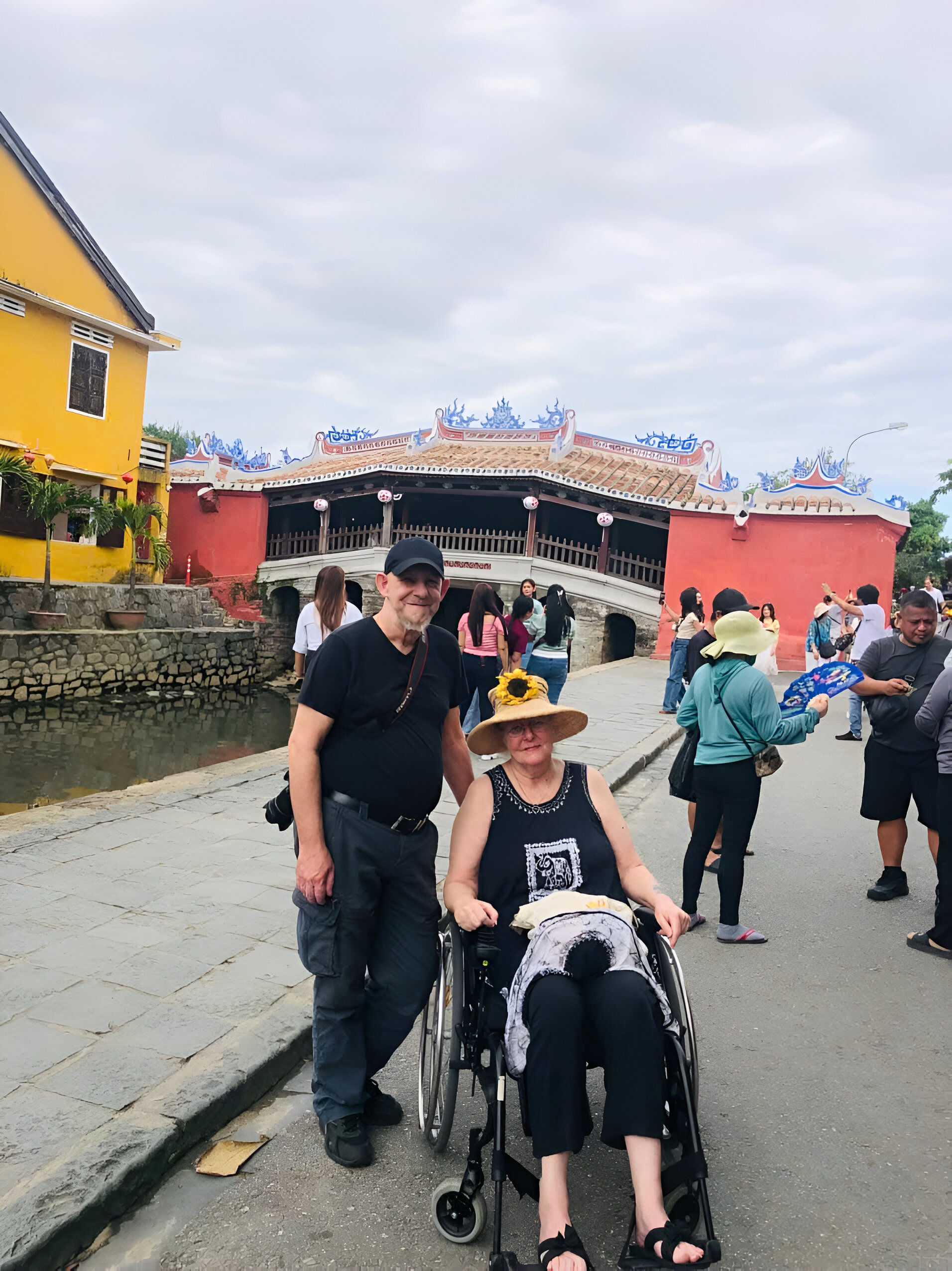


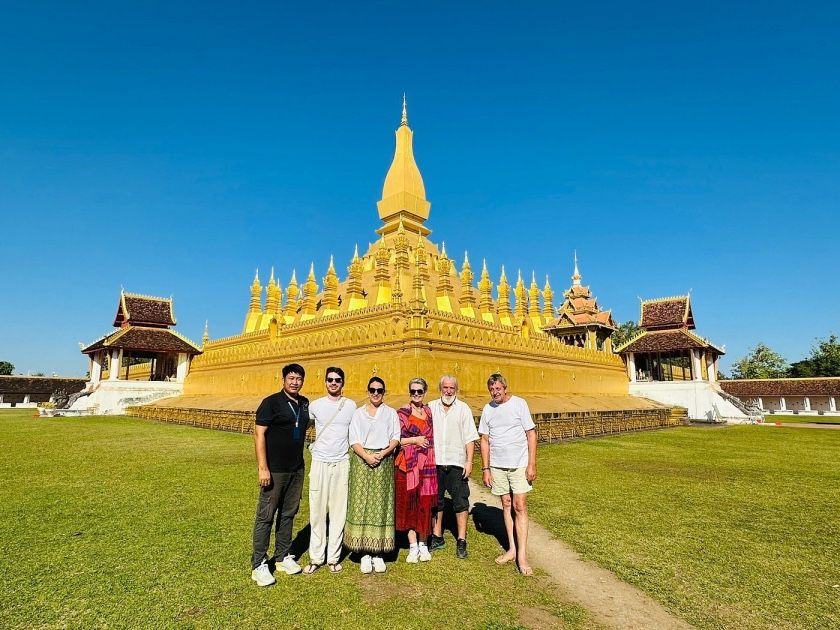
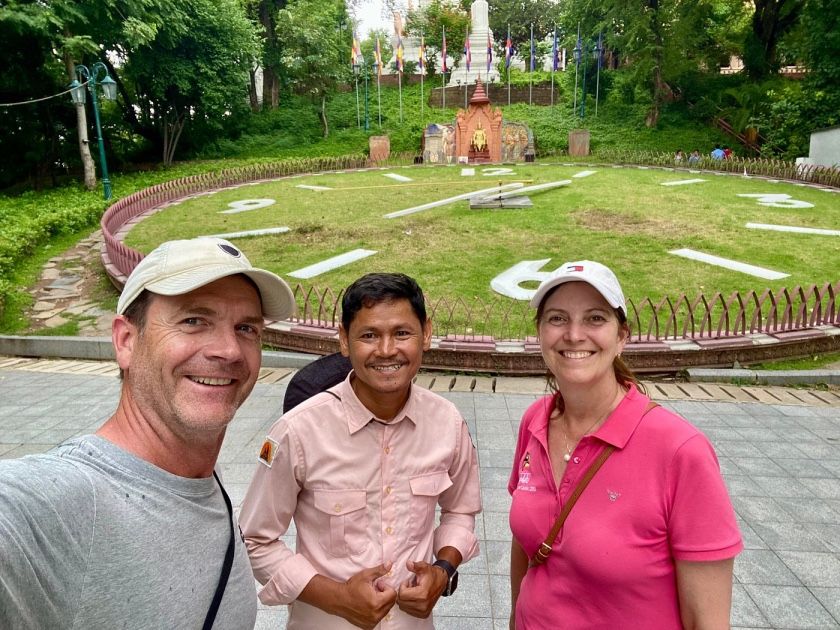
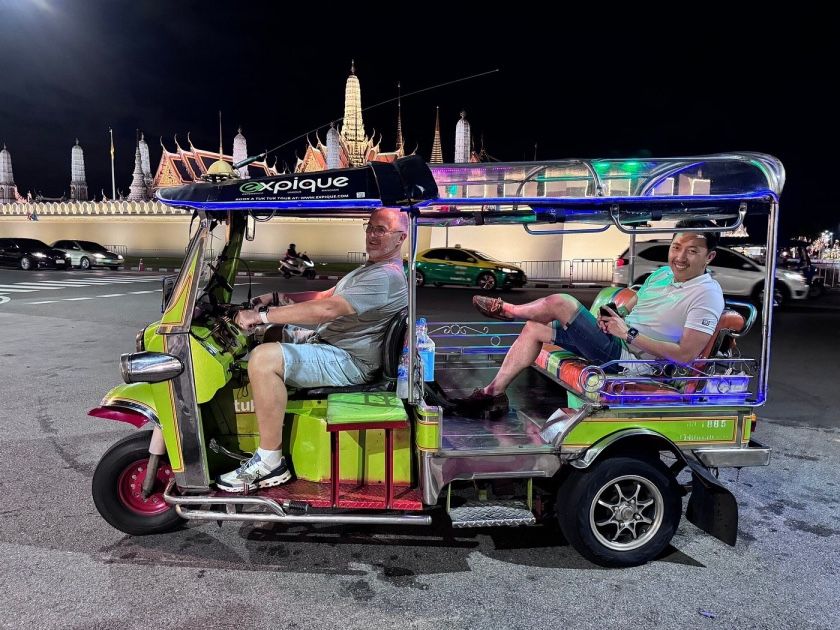
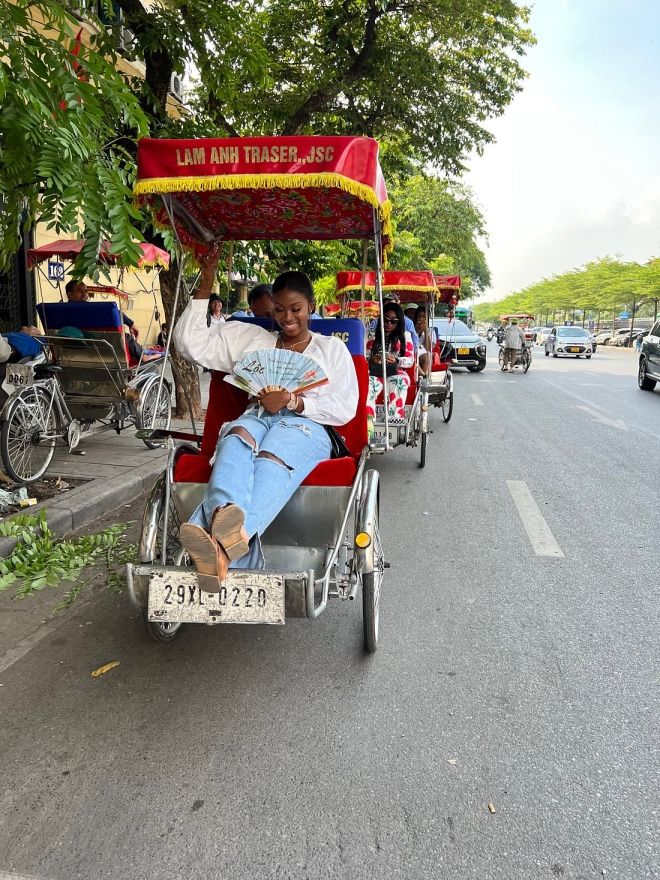












Trip Ideas: Private Tours To Vietnam
Guided Private tours in Vietnam, just for you – We customize our holiday packages to cover unique destinations you wish to visit. Here are a few sample trips to inspire you. Choose from pre-designed trips or customize a private guided tour.

14 Days Luxury Tour Of Vietnam
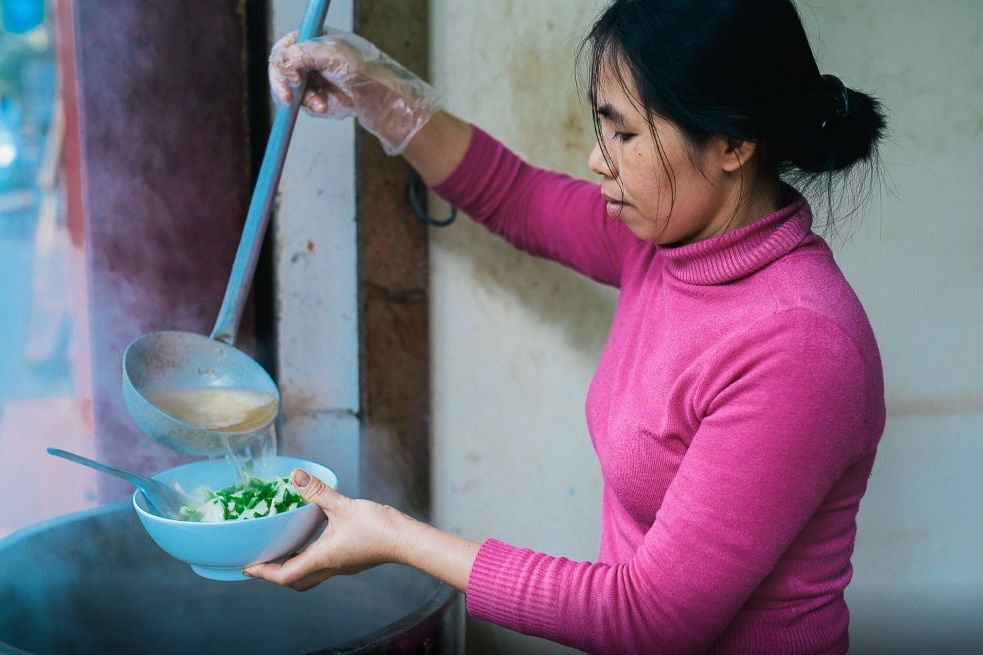
Culinary Tour Of Vietnam & Thailand
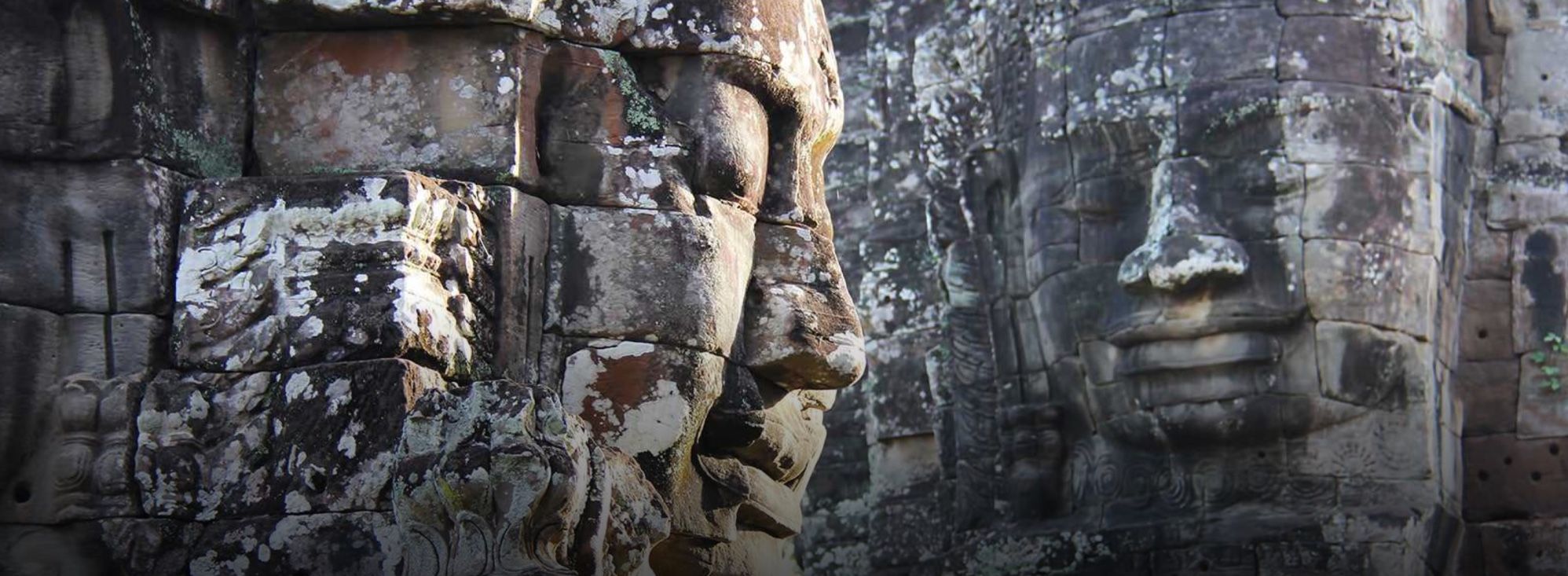
Halong Bay To Angkor Wat 14 Days
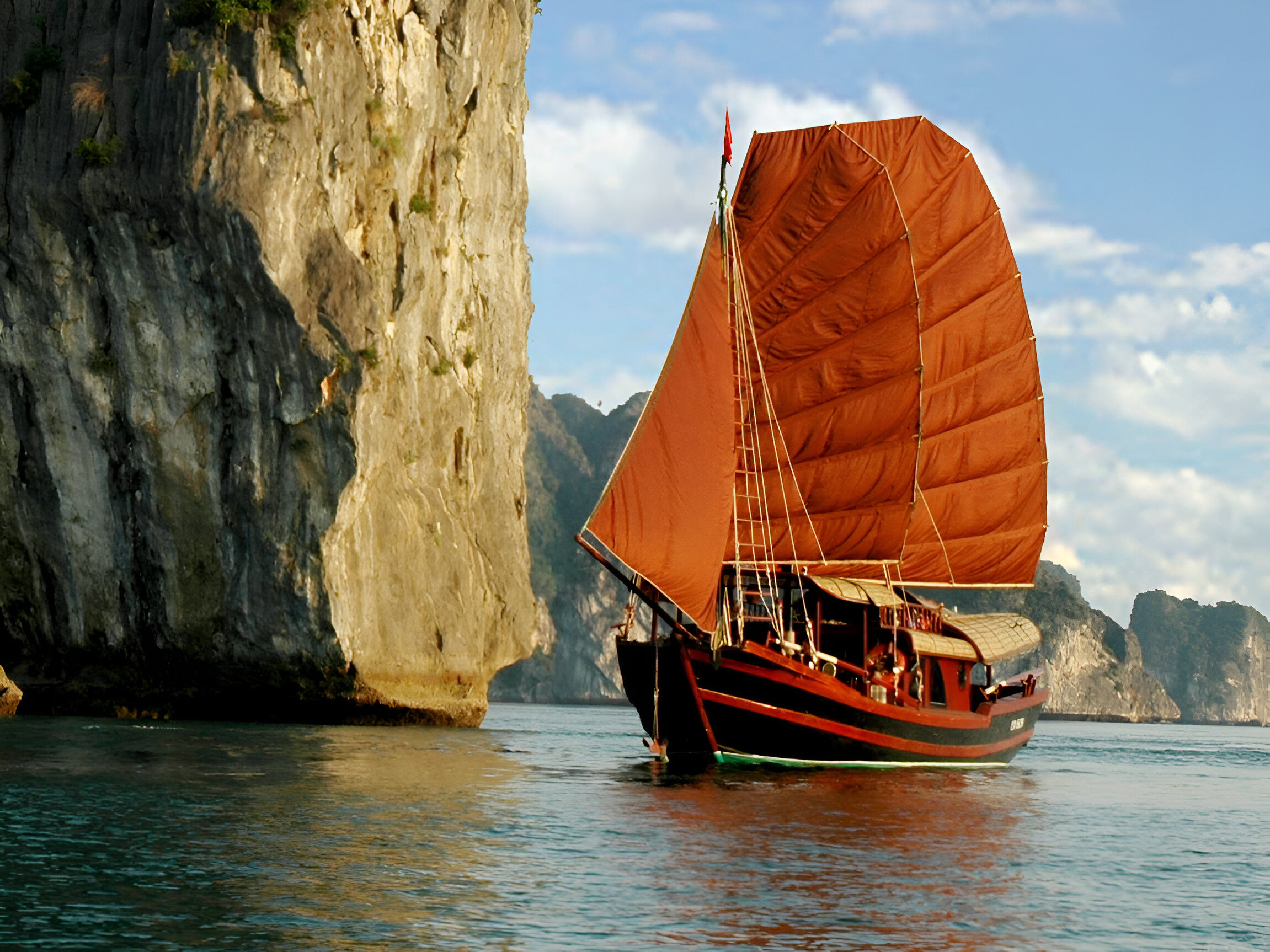
Private Grand Tour Of Indochina
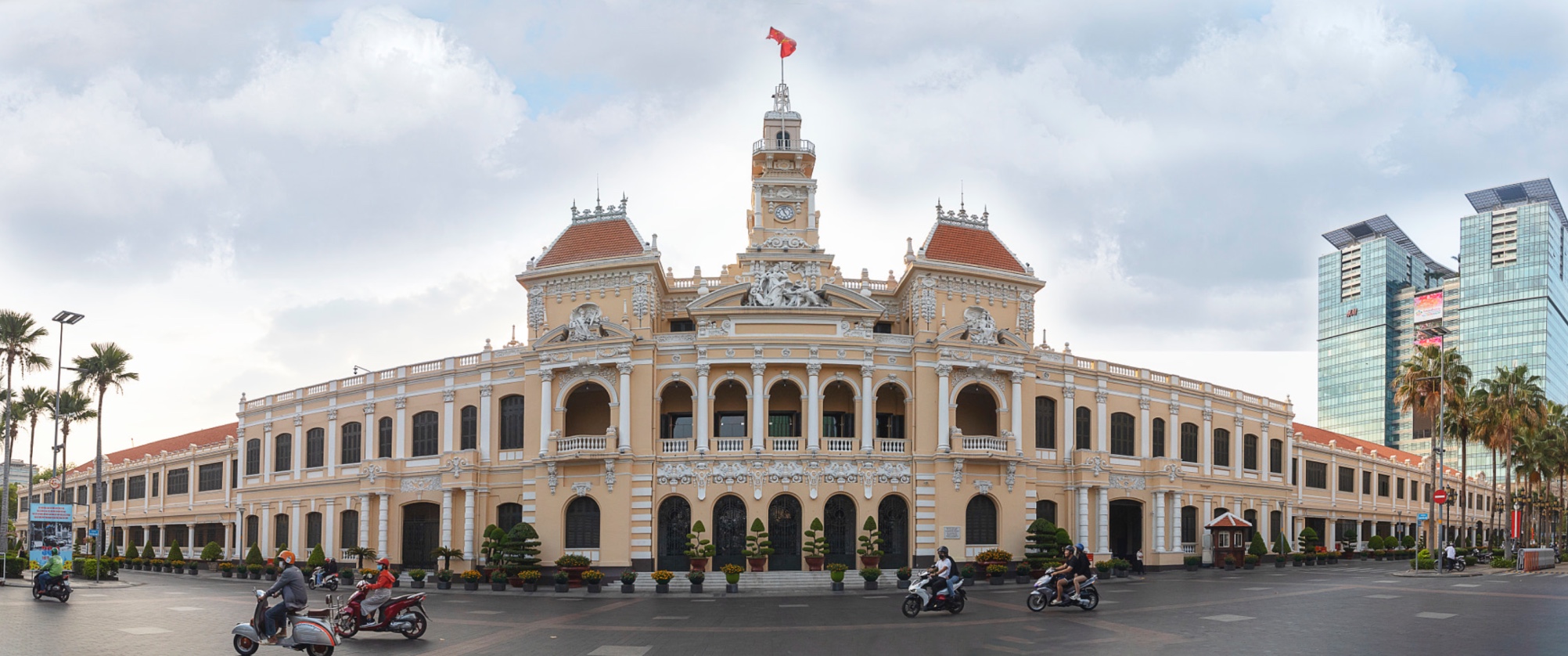
Saigon to Siem Reap 9 Day Tour

Vietnam Family Holiday 11 days

Vietnam Highlights 10 days
Why book with Vietnamese Private Tours?

PRIVATE
TOURS
With a fully private, customized, flexible tour that is based on our local knowledge, experience and integrity with competitive price tag per person.
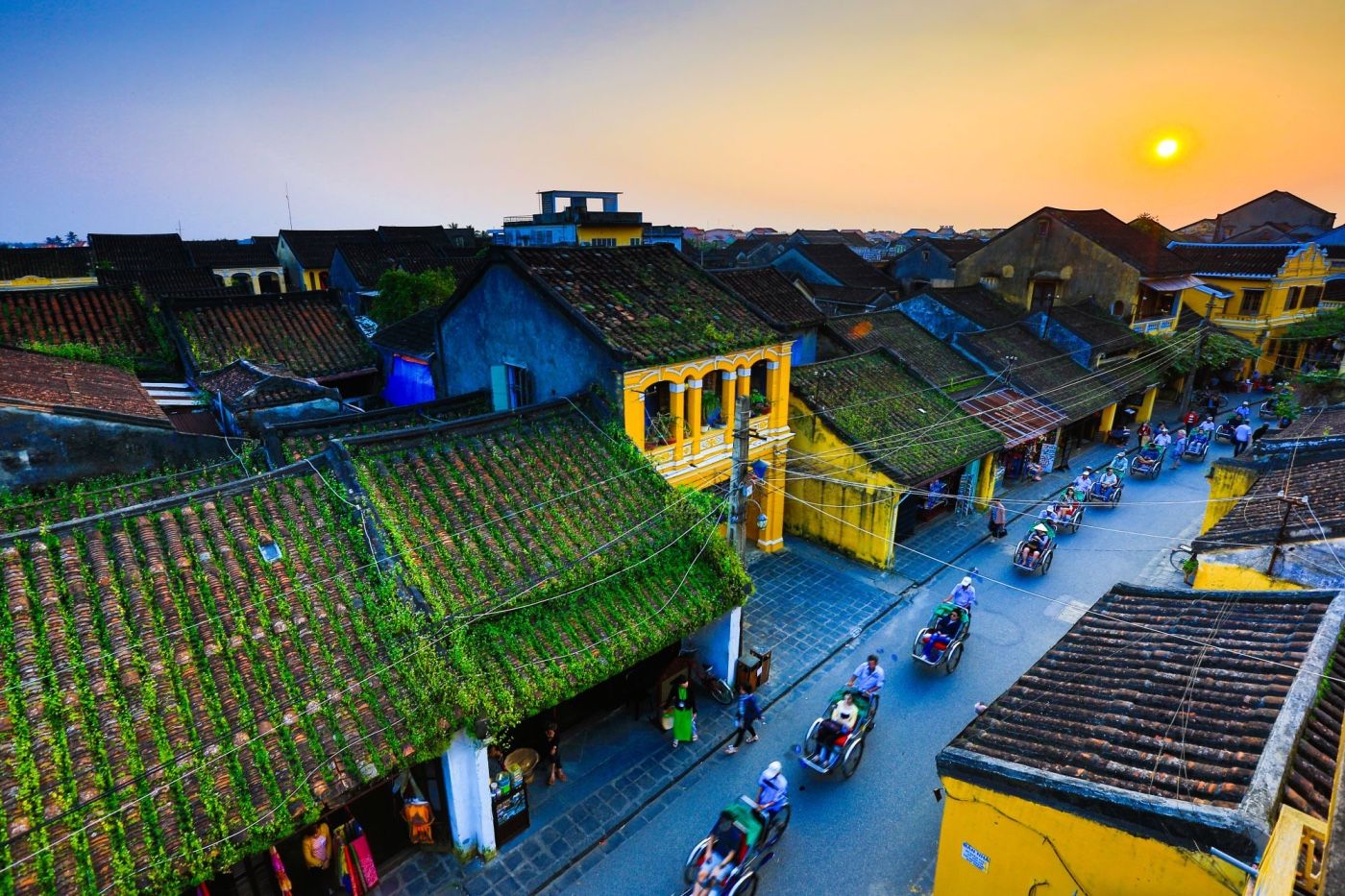
UNIQUE
EXPERIENCES
We don’t just sell tours, we share “Authentic Experiences”, Our expert guides and brilliant travel concierges are hand-picked to provide a genuine experience.
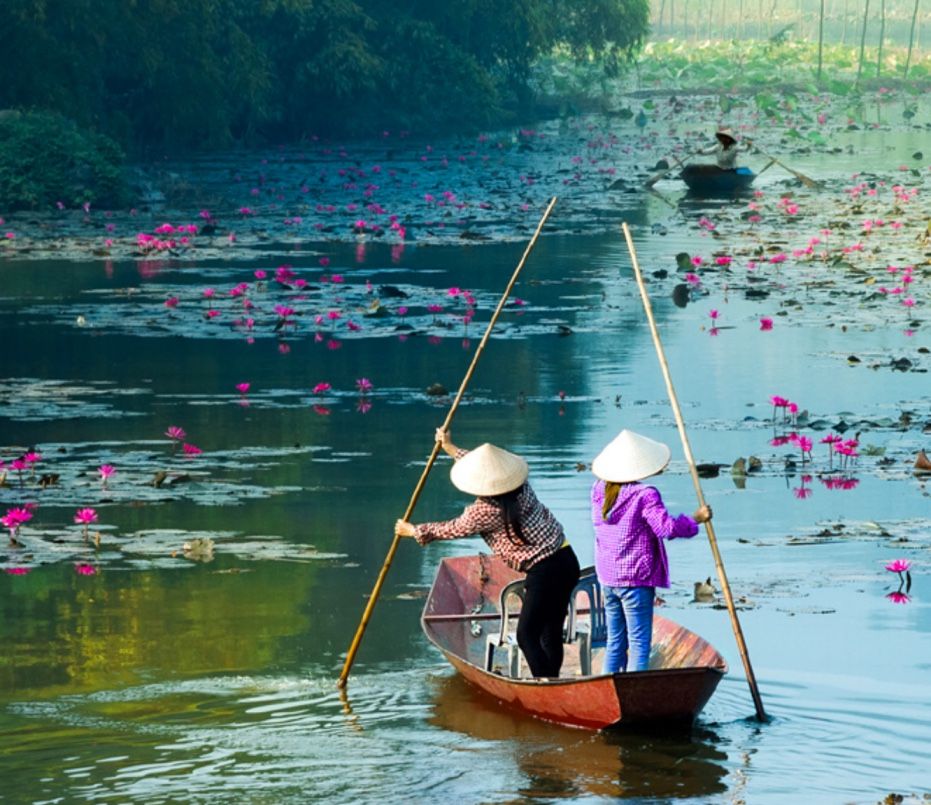
BEST DEAL
PRICES
We only believe on excellent value, best Price guarantee! If you find the equivalent tour for less, we’ll beat it. Our price guarantee ensures you get the best price.
Customized Vietnam Tours
Whatever you expect from a private customized trips in Vietnam & Indochina, our team of local expert travel designers are ready to help.
Plan with peace of mind
Whether you are planning a family trip, solo travel, a vacation with friends, or something totally different, like an adventure with +500cc motorbike. We have experience in balancing the right private tour filled with fun;
- Fully customized itineraries
- Suitable for groups of all sizes and trip styles
- Best Price guarantee
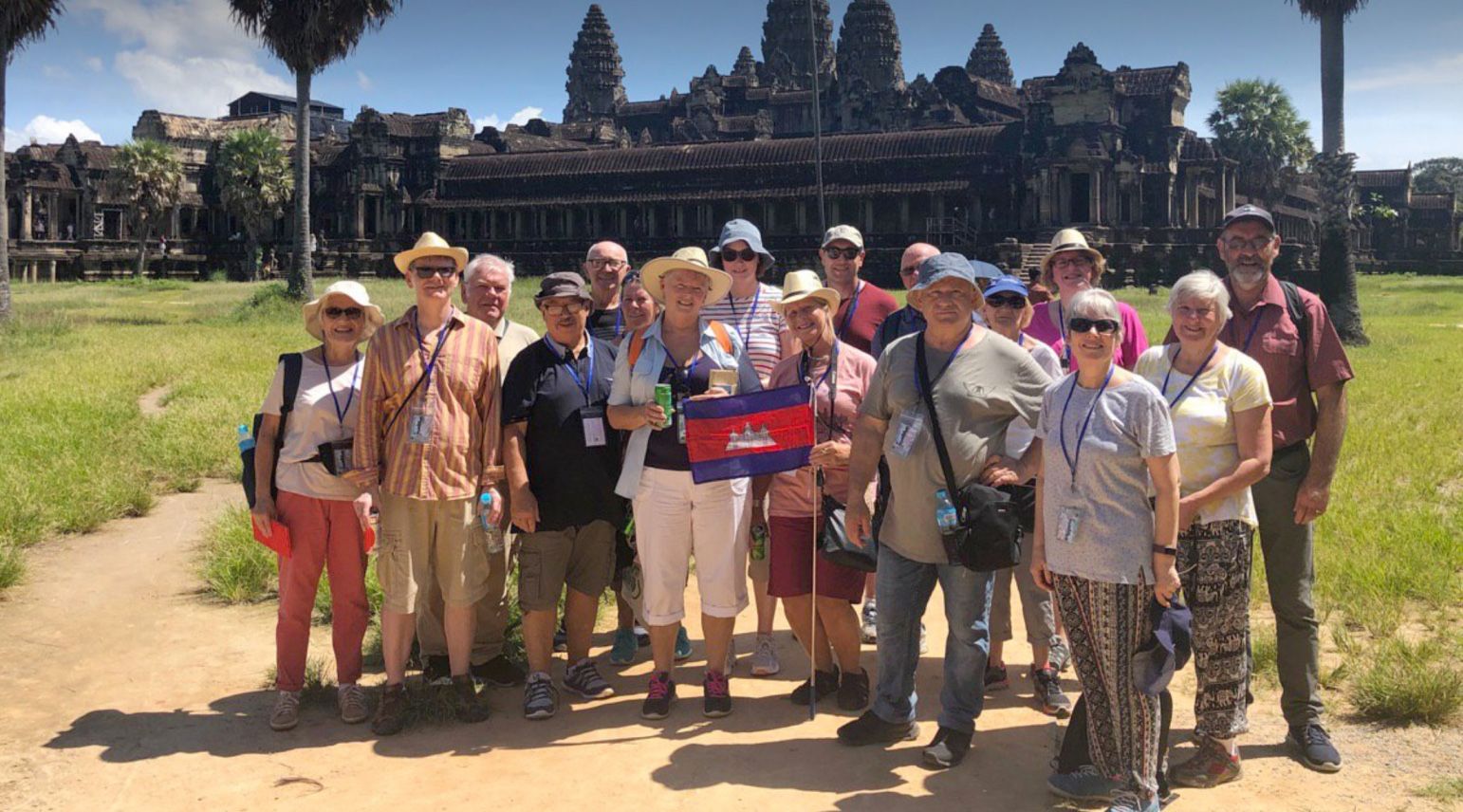
FAQ: Vietnam Private Tours
- Best time to visit: Year-round, depending on the destination
- Time zones: UTC+07:00 (Cambodia, Laos, Thailand, Vietnam)
- Major airports: Suvarnabhumi Airport (Thailand), Tan Son Nhat Airport (Saigon), Noi Bai Airport (Hanoi)
- Currency: Vietnamese Dong, Cambodian Riel, Lao Kip, Thai Baht.
What is the best way to travel to Vietnam?
The best way to travel within Vietnam is by plane between Hanoi and Saigon, or by private car, sleeping bus, or train. If you book our private tours Vietnam, Laos, Cambodia & Thailand, you will be enjoying private transfers, especially for day trips out of the city or simply when they want a more flexible way for sightseeing and traveling out of the cities.
Which South East Asia country should I visit?
For first-time travellers, we recommend Vietnam or Thailand. Their beach resorts and gorgeous blend of cityscapes and cultural highlights promise a well-rounded private holiday, both destination is well matched with Cambodia & Laos, too, all the way on a private custom made tours.
What months are best to travel South East Asia?
Check the tables down-bellow, or learn more about the best time to visit Vietnam.
Vietnam Climate: Hanoi
| Jan | Feb | Mar | Apr | May | Jun | Jul | Aug | Sep | Oct | Nov | Dec | |
|---|---|---|---|---|---|---|---|---|---|---|---|---|
| Temp Min °C | 13 | 14 | 17 | 20 | 23 | 26 | 26 | 26 | 24 | 22 | 18 | 15 |
| Temp Max °C | 20 | 21 | 23 | 28 | 32 | 33 | 33 | 32 | 31 | 29 | 26 | 22 |
| Rainfall (mm) | 18 | 28 | 38 | 81 | 196 | 239 | 323 | 343 | 254 | 99 | 43 | 20 |
Cambodia Climate: Siem Reap
| Jan | Feb | Mar | Apr | May | Jun | Jul | Aug | Sep | Oct | Nov | Dec | |
|---|---|---|---|---|---|---|---|---|---|---|---|---|
| Temp Min °C | 19 | 21 | 26 | 25 | 25 | 25 | 25 | 25 | 25 | 24 | 22 | 20 |
| Temp Max °C | 32 | 33 | 35 | 36 | 35 | 34 | 33 | 32 | 32 | 31 | 30 | 31 |
| Rainfall (mm) | 1 | 4 | 28 | 61 | 176 | 221 | 237 | 151 | 276 | 248 | 80 | 3 |
Laos Climate: Luang Prabag
| Jan | Feb | Mar | Apr | May | Jun | Jul | Aug | Sep | Oct | Nov | Dec | |
|---|---|---|---|---|---|---|---|---|---|---|---|---|
| Temp Min °C | 13 | 14 | 17 | 21 | 23 | 23 | 23 | 23 | 23 | 21 | 18 | 15 |
| Temp Max °C | 28 | 32 | 34 | 36 | 35 | 34 | 32 | 32 | 32 | 33 | 30 | 31 |
| Rainfall (mm) | 15 | 18 | 31 | 109 | 163 | 155 | 230 | 300 | 165 | 75 | 30 | 15 |
Thailand Climate: Bangkok
| Jan | Feb | Mar | Apr | May | Jun | Jul | Aug | Sep | Oct | Nov | Dec | |
|---|---|---|---|---|---|---|---|---|---|---|---|---|
| Temp Min °C | 22 | 24 | 26 | 27 | 27 | 27 | 27 | 26 | 25 | 25 | 23 | 21 |
| Temp Max °C | 32 | 32 | 32 | 34 | 33 | 33 | 32 | 32 | 32 | 32 | 30 | 31 |
| Rainfall (mm) | 10 | 28 | 30 | 72 | 190 | 152 | 155 | 188 | 320 | 230 | 58 | 10 |
Can I book a private Vietnam tour for my honeymoon?
Yes! Honeymoons are one of our top things to organize, we love creating a personalised and private tours in Vietnam for you and your loved one. Vietnam is a fantastic honeymoon destination, blending peaceful beaches, amazing nature with memorable meals aboard a cruise. To start planning your honeymoon, contact one of our travel specialists via our enquiry form.
How long are your Private Vietnam tours?
We only offer private, flexible, customized tours and that is the nature of our packages. We plan tours based on your time, specific interests and holiday budget. Our tours are typically between 10 and 20 days long but can be tailored to the length of time you have. Because of the flight time, you wouldn’t want to go to Vietnam for less than 10 days. Here is our Vietnam Tours & Packages
Can I book a private tour to Cambodia and Vietnam?
Yes sure, combining a private tours of Cambodia and Vietnam makes for one of the most popular packages everyone offer. We suggest to add a few days stop in Thailand and or specially in Laos as our Indochina tours are usually does. The two-week extravaganza sees you hop from Bangkok to Hanoi, to Luang Prabang, to Siem Reap, tasting incredible food and seeing the country’s best sights. Check out Halong to Siem Reap in 14 days
What is the best private tour in Vietnam?
Best Private tailored Vietnam tours to explore the country’s top & most visited destination includes following places; This tour is most recommended if you’re traveling to Vietnam for the first time
- Hanoi
- Hanlong Bay cruise tour
- Sapa and Alpine northern Vietnam
- Danang, Hoi An & Beaches around
- Hue: cultural heritage sightseeing
- Ho Chi Minh City: Cu Chi war tunnels & Mekong waterways
How much does a private tours in Vietnam cost?
Book a private tour to Vietnam, with your own private expert tour guide and customized planned sightseeing of such, starts from as low as little as US$100 per day per person and its included a hotel with breakfast, Private, custom tailored, personalized, trips. The following rate could be higher depends on hotels, flights and other services.
